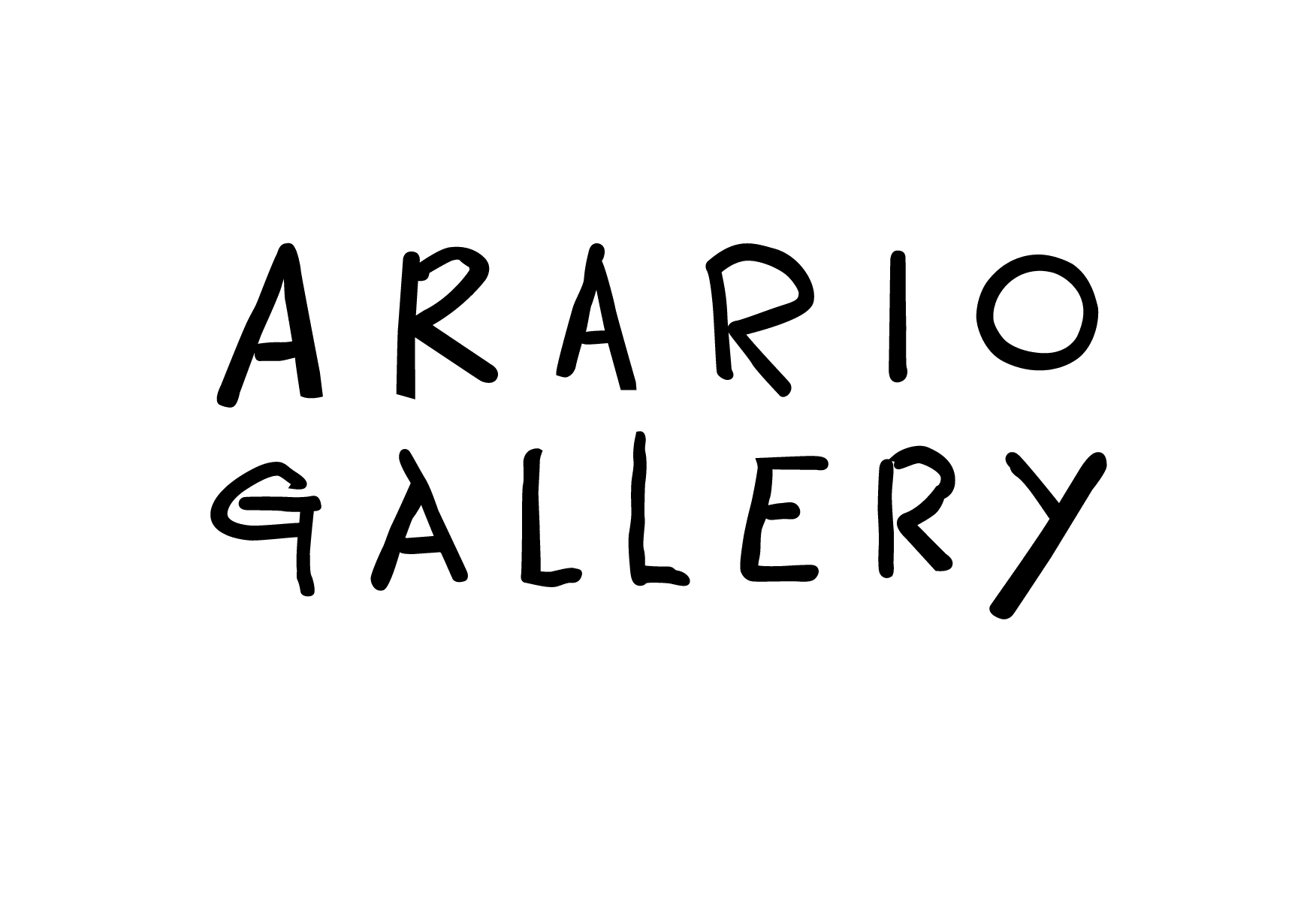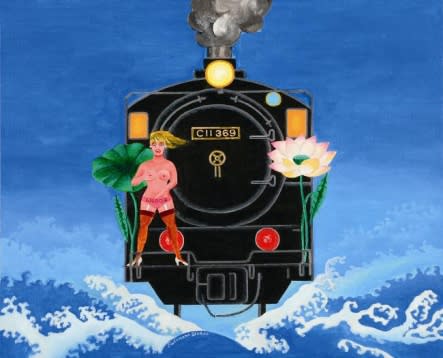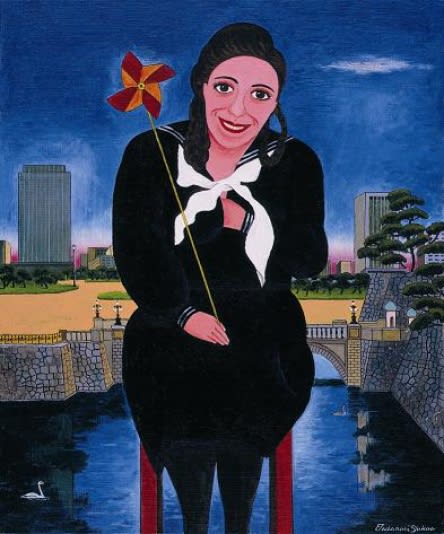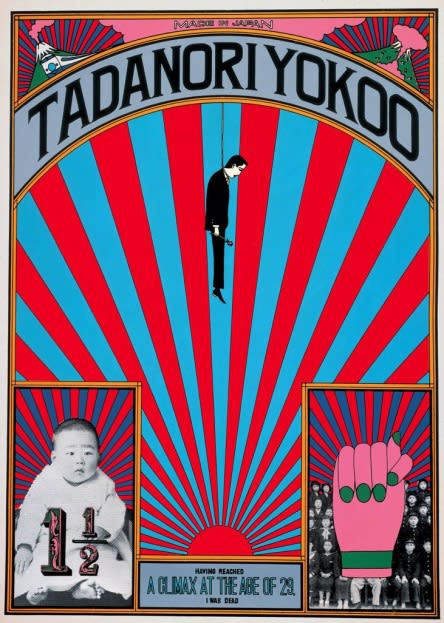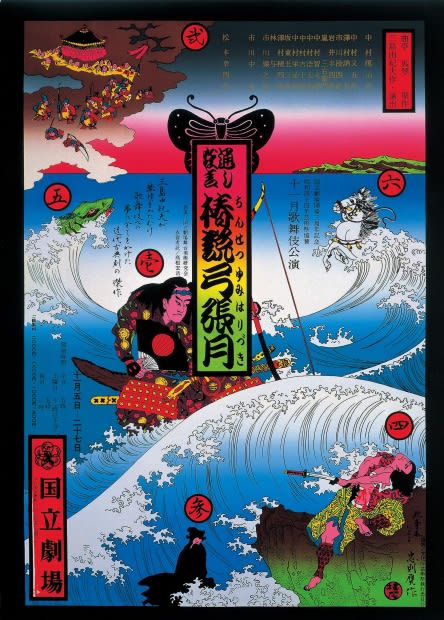Tadanori YOKOO: Y Junction
Tadanori Yokoo's solo exhibition in Arario Gallery, Seoul is significant not only because it will expose Yokoo's impressive works to the Korean public for the first time, but also because it will reevaluate the cultural- historical narrative shared between Korea and Japan. As a leading flagman of the post-war pop culture in Japan whose influence continues onto today, Yokoo's origin of creativity and his zeitgeist formed within the timeframe of post-war Japan's diastrophism is put into context via 2009 through this exhibition. At the exhibition will show screen prints of his earlier poster works from 1960’s as well as his later oil paintings created under the title ‘Y- Junction Series’.
The contemporaries of Yokoo, the young students who were born in 1930’s experienced Japan as a country of lost war, overwhelmed by the massive inflow of everything American. However, when they were grown up, Japan had become second wealthiest country in the world after USA due to their rapid economic growth. The young Yokoo poignantly reflected the economic, societal, philosophical status of his country upon his posters which was shown at a group exhibition ‘Words and Images’ at New York’s MoMA in 1968, and received high praises for being the most effective pop artist to express his own zeitgeist. Afterwards, Yokoo’s posters were continually shown at international poster biennials in Finland, Czech, Slovakia, and China, as well as countless solo and group exhibitions all over the world. Yokoo also designed for iconic musicians such as Santana’s 1974 album ‘Lotus’ and the Beatle’s’ ‘Star Club’ in 1977. From 1980’s on, he limited his works to oil paintings, which are entirely different in atmosphere compared to his graphic works. Recently, his oil paintings have been shown with Cartier Foundation for Contemporary Art, Paris, in 2006.
The Y- Junction series which form the main body of this exhibition are his latest oil paintings Yokoo put forth much effort and time into. In the landscape, the building divides the central street into two sided- streets, forming a “Y” which some have interpreted as a symbolic allusion to Yokoo himself. The banal settings within our living environments wearing omnipresent industrial colors on the surface, illuminated by streetlamps or headlights are almost anti- nature. This extremely artificial lighting and color transforms the most banal and mundane environment into the most mysterious and abstruse.
In 1995, Mainichi Fine Arts Award was presented to Yokoo, and following this prestigious award Yokoo also received a Gold Prize at the New York Art Director’s Club in 1997, Special Prize at Czech International Graphic Design Biennial in 2002, Grand Prix at Finland International Poster Biennial in 2005, and Grand Prix at Japanese Culture Design in 2006, to mention just few. His works are currently included in the collection of Modern Museum of Art (New York), the Metropolitan Museum of Art (New York), J. Paul. Getty Museum (Los Angeles), Boston Museum of Fine Arts, Tokyo National Museum of Modern Art, and 80 other world- renowned art institutes.
